Grímsvötn volcano showing strong signs of impending eruption, Iceland
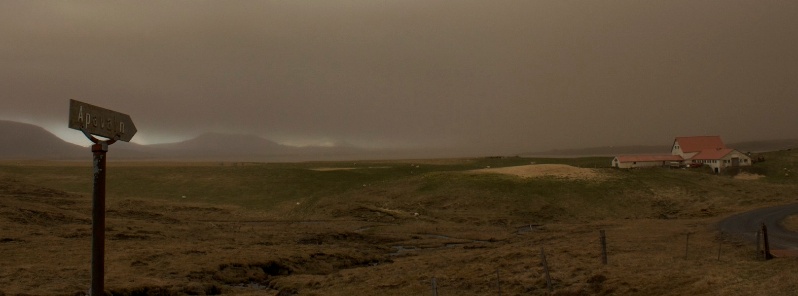
Iceland's Grímsvötn volcano is showing strong signs that an eruption might occur in the weeks or months ahead, the Icelandic Met Office (IMO) reports. The last eruption of this volcano took place in 2011 — it was a large and powerful VEI 4 eruption. Average eruption frequency during the last 1 100 years is 1 eruption per 10 years.
The Scientific Council of Civil Defense met at a teleconference on Wednesday, June 10, 2020, due to earthquakes in the Reykjanes peninsula and recent measurements at Grímsvötn.
The results were presented on June 15, indicating a possible eruption at Grímsvötn in the next weeks or months.
According to Melissa Anne Pfeffer, IMO's atmospheric volcanologist, high levels of magmatic gasses are present in the southwest corner of the volcano, near the place where it erupted in 2004 and 2011.
"This is the first time that we measure so much SO2 at a volcano in Iceland that is not in an eruptive phase and its presence is indicative of magma at shallow level," Pfeffer said.
In addition, the volcano is experiencing inflation, indicating an increase in magma.
Scientists expect the eruption might take place in the next weeks or months, as the Grímsvötn's lake drains during summer, releasing pressure on the volcano. Given the current conditions, when the flooding starts, preparations for an eruption will begin.
However, this may not be the case, and the next glacial flood may not lead to an eruption.
The volcano's last eruption started at approximately 17:30 UTC on May 21, 2011, with a plume of volcanic ash and steam rising to about 20 kilometers (65 600 feet) above sea level. Overnight, the plume height dropped to 15 kilometers (49 000 feet), but occasionally re-approached its initial altitude.
Ash from the volcano reduced visibility to about 50 meters (160 feet) in some places and made some areas as dark as night in the middle of the day. The ash plume also prompted the closure of Keflavik, Iceland’s largest airport.
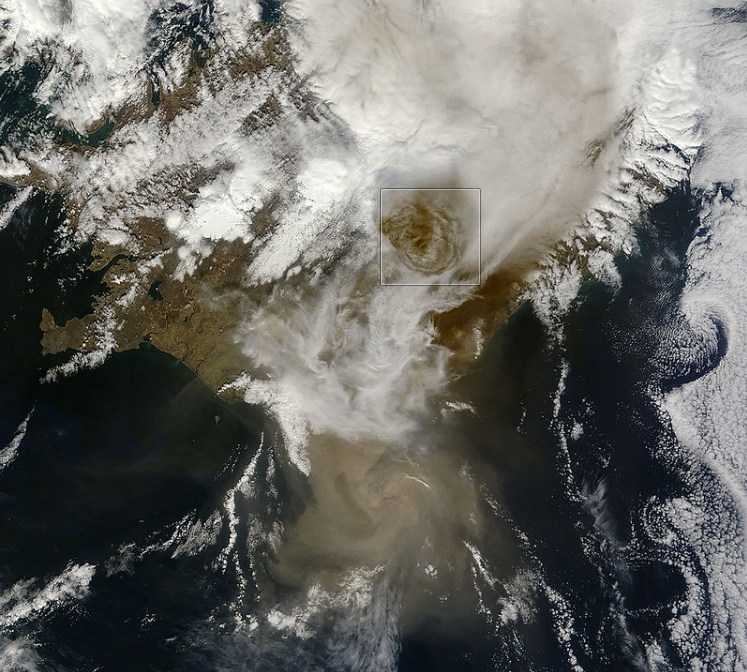
Grímsvötn eruption at 13:00 UTC on May 22, 2011, captured by the MODIS instrument on NASA's Aqua satellite. Credit: NASA/GSFC, MODIS Rapid Response
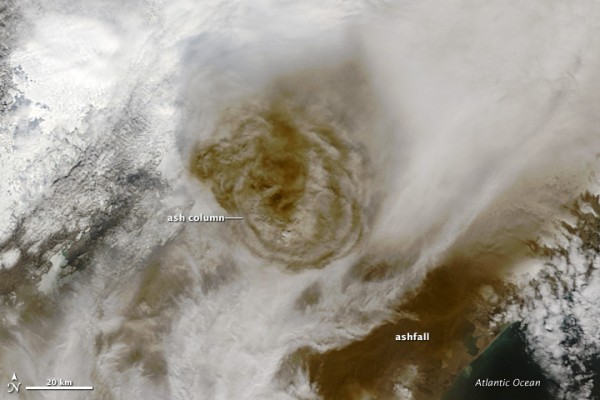
Image credit: NASA Aqua/MODIS. Acquired May 22, 2011
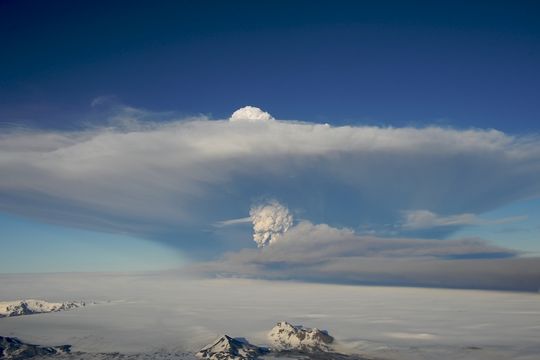
Eruption of Grímsvötn volcano on May 21, 2011. Photo: Ólafur Sigurjónsson, IMO
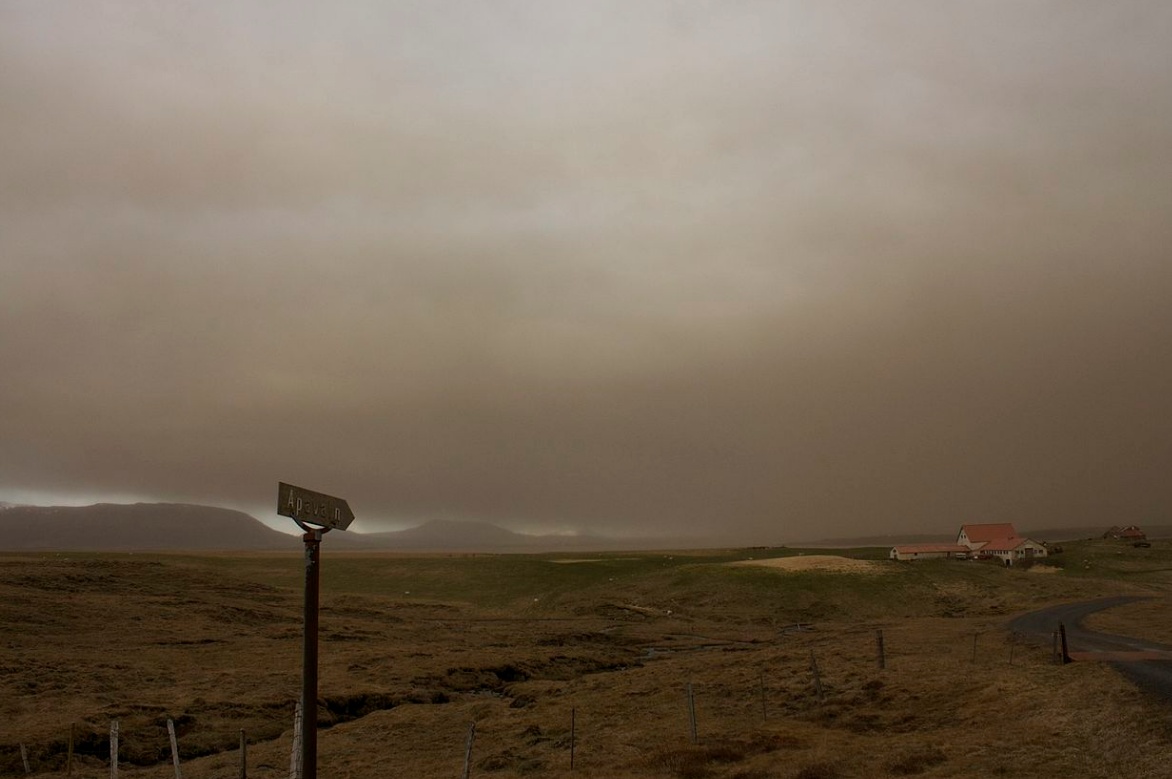
View of Icelandic landscape beneath the ash-cloud during the 2011 eruption. Image credit: Matt Riggott
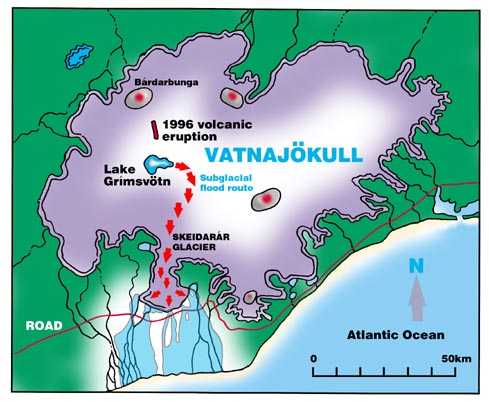
Geological summary
Grímsvötn, Iceland's most frequently active volcano in historical time, lies largely beneath the vast Vatnajökull icecap. The caldera lake is covered by a 200 m (650 feet) ice shelf, and only the southern rim of the 6 x 8 km (3.7 x 5 miles) caldera is exposed.
The geothermal area in the caldera causes frequent jökulhlaups (glacier outburst floods) when melting raises the water level high enough to lift its ice dam.
Long NE-SW-trending fissure systems extend from the central volcano. The most prominent of these is the noted Laki (Skaftar) fissure, which extends to the SW and produced the world's largest known historical lava flow during an eruption in 1783.
The 15 km3 (3.6 mi3) basaltic Laki lavas were erupted over a 7-month period from a 27 km (16.7 miles) long fissure system. Extensive crop damage and livestock losses caused a severe famine that resulted in the loss of one-fifth of the population of Iceland.
Featured image credit: Matt Riggott

Commenting rules and guidelines
We value the thoughts and opinions of our readers and welcome healthy discussions on our website. In order to maintain a respectful and positive community, we ask that all commenters follow these rules.